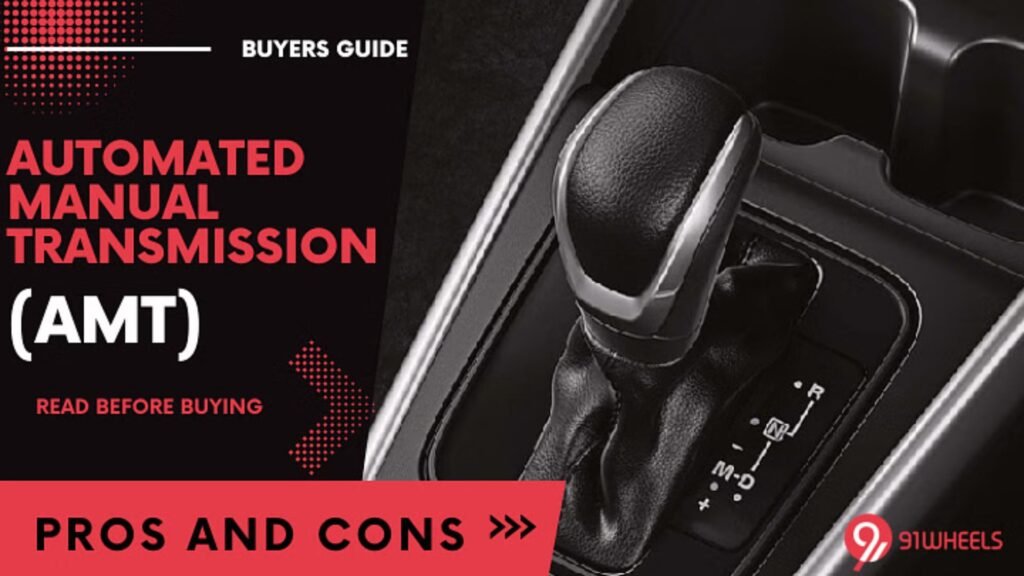Manual Cars: Pros and Cons
Manual cars have been a staple of driving for decades, and while automatics have become increasingly popular, many drivers still swear by their manual transmissions. Manual cars offer unique benefits, but they also come with some drawbacks. In this article, we will explore the pros and cons of driving manual cars to help you decide if a manual transmission is the right choice for you.

Pros of Manual Cars
1. Greater Control Over the Vehicle
One of the biggest advantages of driving a manual car is the greater control it provides. With a manual transmission, you shift gears yourself, which gives you direct influence over the vehicle’s power and performance. This control can be particularly useful in various driving conditions, such as on steep hills or in slippery weather. By selecting the right gear, you can better manage the car’s speed and traction.
2. Better Fuel Efficiency
Manual cars often offer better fuel efficiency compared to automatics. This is because manual transmissions typically have fewer components and less internal friction, leading to more efficient power transfer from the engine to the wheels. Additionally, drivers can optimize their driving habits, such as shifting gears smoothly and using engine braking, to further enhance fuel economy. For those looking to save on fuel costs, a manual car can be a smart choice.
3. Lower Purchase and Maintenance Costs
Another benefit of manual cars is their lower purchase and maintenance costs. Manual transmissions generally cost less to buy compared to automatics. The simpler design of manuals also means they are often less expensive to maintain and repair. Fewer complex components and a more straightforward mechanical design contribute to these cost savings. For budget-conscious buyers, manual cars offer an economical option.
4. Enhanced Driving Engagement
Many drivers find that manual cars offer a more engaging driving experience. The act of shifting gears and managing the clutch creates a more interactive and immersive driving experience. This engagement can make driving more enjoyable, especially for enthusiasts who appreciate the tactile connection with their vehicle. The satisfaction of mastering gear changes and smooth driving techniques adds to the overall pleasure of driving a manual car.
5. Improved Driving Skills
Driving a manual car helps develop advanced driving skills. Mastering the art of shifting gears and managing the clutch requires practice and attention, which can make you a more proficient and attentive driver. These skills can be beneficial in various driving situations and contribute to safer driving practices. Learning to drive a manual car can enhance your overall driving abilities and understanding of vehicle dynamics.
Cons of Manual Cars
1. Steeper Learning Curve
One of the main drawbacks of manual cars is the steeper learning curve. Learning to drive a manual transmission can be challenging, especially for beginners. Mastering gear shifts, clutch control, and coordination requires time and practice. This complexity can make manual cars less appealing to new drivers or those who prefer a simpler driving experience. The initial learning process can be daunting for some.
2. More Effort in Traffic
Driving a manual car can be more labor-intensive, particularly in heavy traffic. Constantly shifting gears and managing the clutch can become tiring during stop-and-go driving. This additional effort can make driving a manual car less convenient for daily commutes or in congested urban areas. For drivers who frequently encounter heavy traffic, an automatic transmission might offer a more relaxed driving experience.
3. Limited Availability of Models
In recent years, the availability of manual cars has decreased as automatics have become more popular. Many car manufacturers have reduced their manual transmission offerings, limiting the choices for buyers who prefer this type of transmission. This reduced availability can make it more challenging to find a manual car that meets your needs and preferences. It may also affect resale value, as manual cars can be less common in the used car market.
4. Potentially Lower Resale Value
Manual cars may have a lower resale value compared to automatics. This is partly due to the reduced demand for manual transmissions in the current market. Buyers who prefer the convenience of automatics might be less interested in manual cars, which can impact their resale value. If you plan to sell your manual car in the future, be aware that it might not fetch as high a price as an automatic counterpart.
5. Risk of Clutch Wear
Manual cars come with the risk of clutch wear and tear. The clutch is a crucial component that can wear out over time, particularly if it is not used properly. Replacing a worn-out clutch can be costly and requires maintenance. Proper driving techniques and regular maintenance can help mitigate this risk, but it’s something to consider when owning a manual car.
Conclusion
In conclusion, manual cars offer several notable benefits, including greater control, better fuel efficiency, lower costs, enhanced driving engagement, and improved driving skills. However, they also come with some drawbacks, such as a steeper learning curve, more effort in traffic, limited model availability, potentially lower resale value, and the risk of clutch wear. By weighing these pros and cons, you can make an informed decision about whether a manual car is the right choice for you. Consider your driving needs, preferences, and budget to determine if a manual transmission aligns with your lifestyle.

